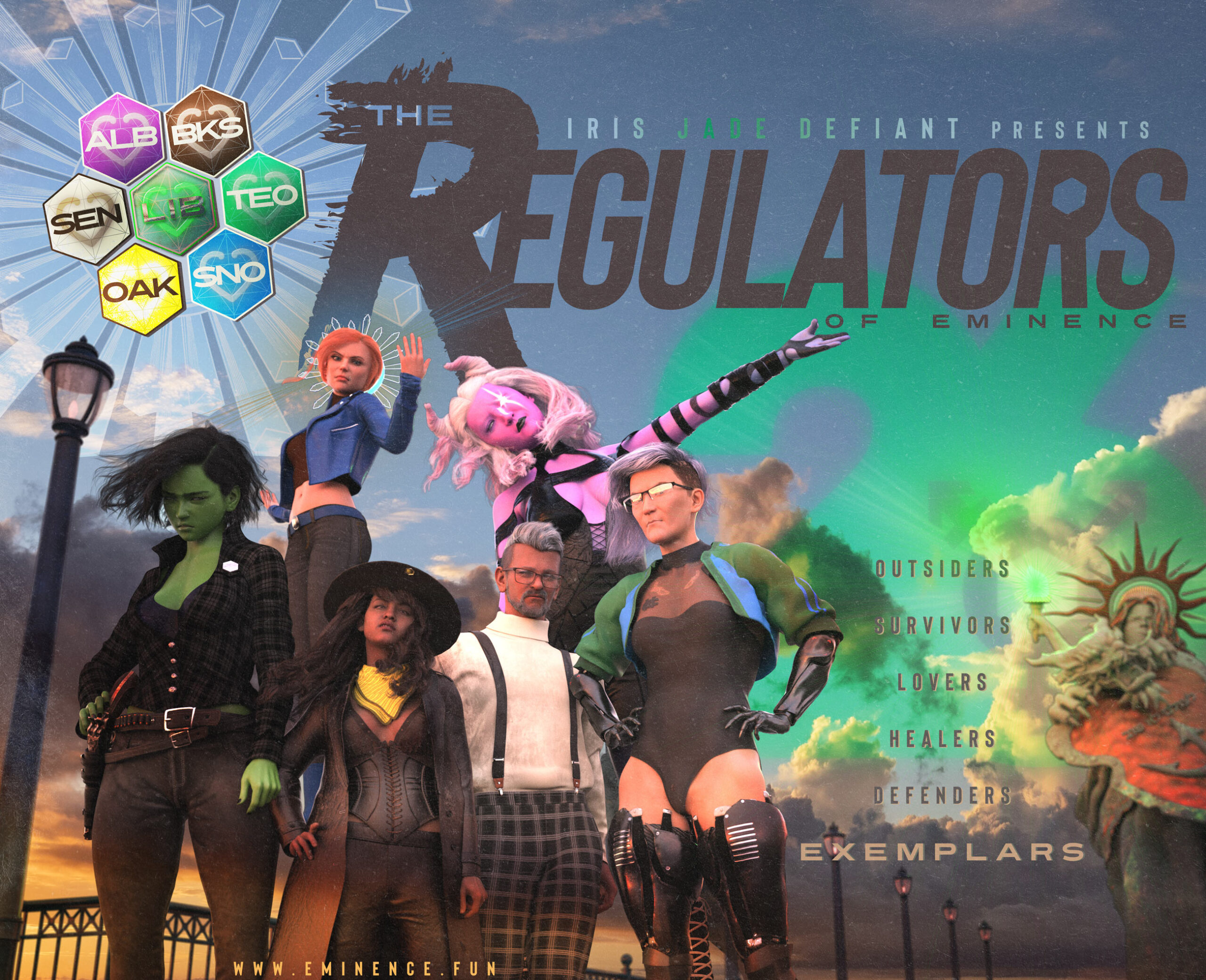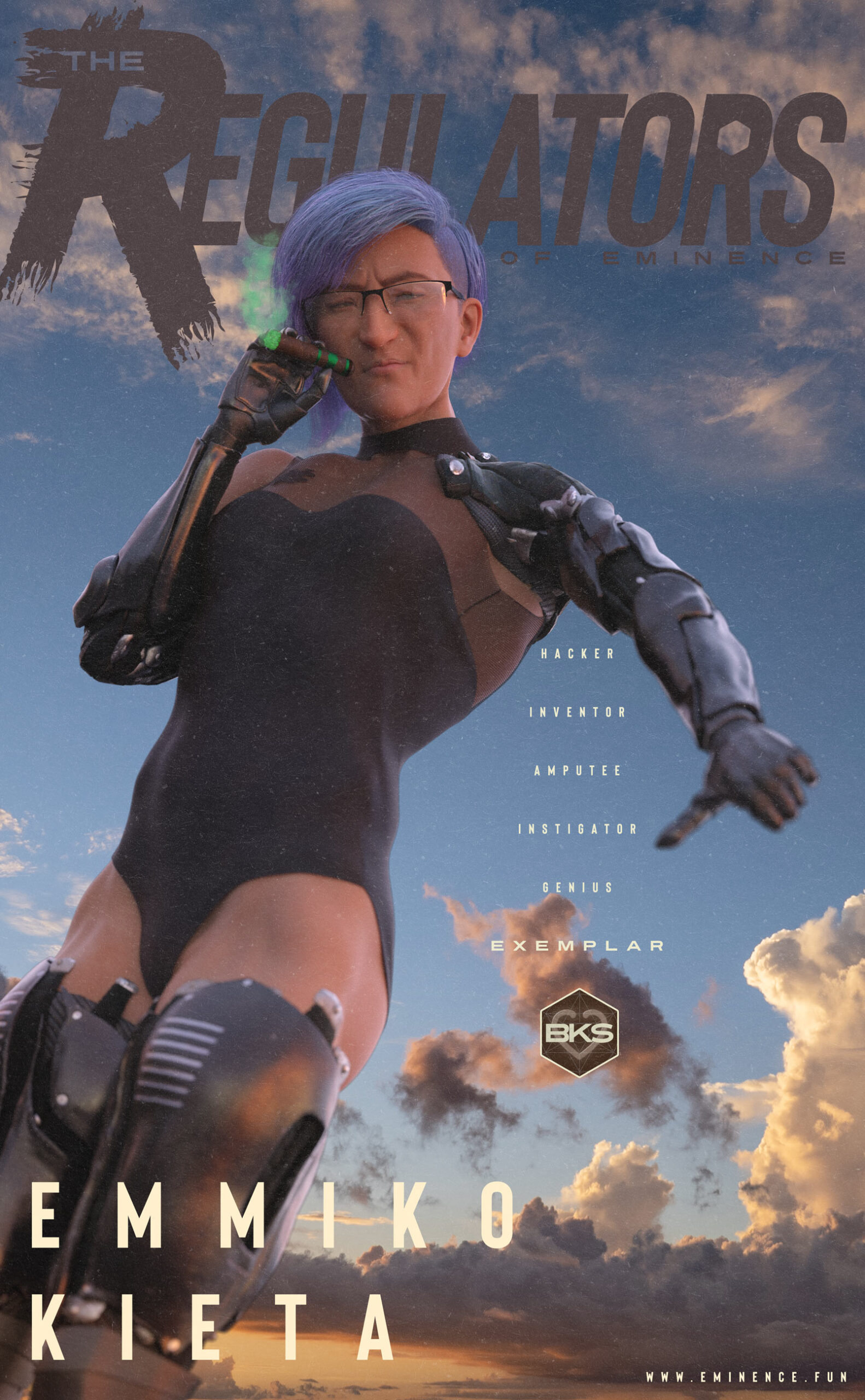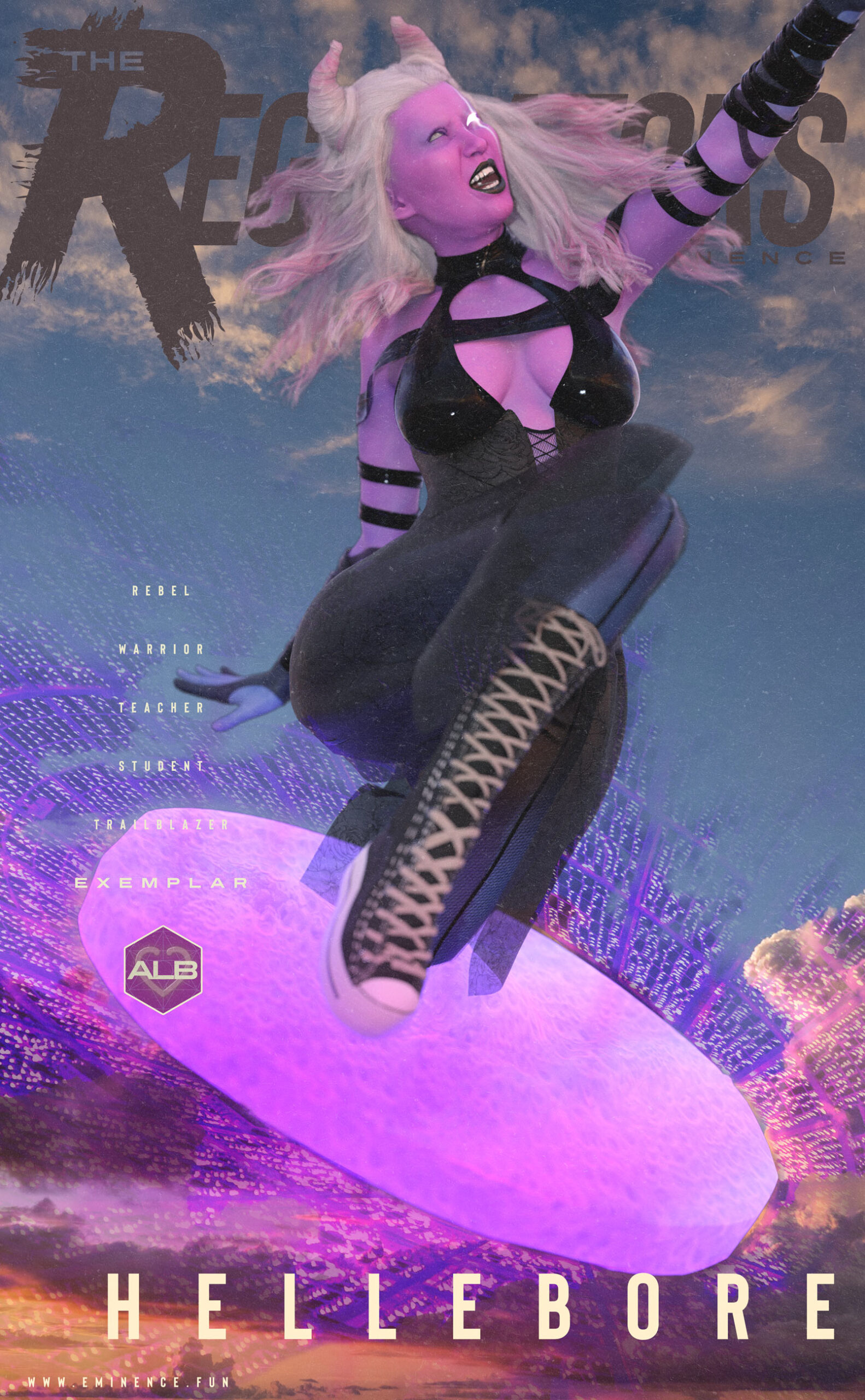The “story” of Sarah Winchester is unfortunately familiar to the paranormal investigators of the world. She was the wife of William Winchester, whose name is now famous for (and nearly synonymous with) firearms. But, driven mad by the sudden death of her husband, she fled to California and began building the “Winchester Mystery House,” with a layout so labyrinthine and haphazard that it could only have been designed by a person trying to keep the spirits of those murdered by her husband’s guns at bay! I mean, how else can you even explain a door that opens out onto a two-story drop? Must have been a ghost trap.
But, like many of the American myths we’ve been sold over the years, this story is snake oil.
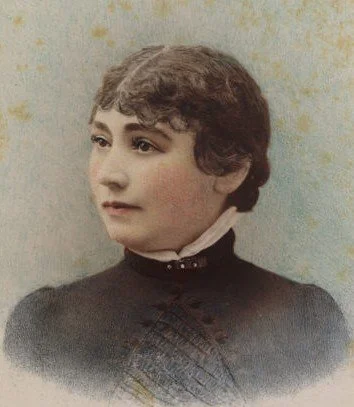
Sarah Lockwood Pardee was born in New Haven, Connecticut in 1839. Sarah was her formal name, but her family and friends all called her “Sallie”,” after her grandmother, and most of her correspondence is signed…”Sallie.” So, I mean…literally the first thing you’ve heard about this woman — her name — is wrong. Sallie Pardee was raised in a wealthy, but oddly-progressive family. They believed in the abolition of slavery, women’s suffrage, and were animal rights activists. She married childhood friend and sweetheart William Wirt Winchester in 1862. At this point, the firearms manufacturer that would bear his family’s name…didn’t yet. William’s dad, Oliver, had bought controlling interest in the Volcanic Repeating Arms Company in 1855 and wouldn’t rename it to Winchester Repeating Arms Company until 1866. Oliver started as a clothing manufacturer but thought this would diversify his portfolio. (And proving that American politics do not really change, he was Lt. Governor of Connecticut the same year he named the company after himself.)
Sallie’s husband William would have inherited this investment of his father’s in 1880 when Oliver died, but William himself would die of tuberculosis only four months later. Sallie’s mother had also died during this period, leaving her very wealthy and very alone. Suffering from rheumatoid arthritis, Sallie took the advice of physicians and friends and moved to California in 1883. There, through careful investment of her money in real estate, she was able to significantly increase her wealth. In 1886, she purchased the 45-acre property in California’s Santa Clara Valley (which itself was taken from the indigenous Ohlone people by Spanish missionaries a century prior) she would name Llanada Villa after a region in Spain she and her husband had visited a few years before his death. This is what we know today as the “Winchester Mystery House.”
Sallie did not set out to build a haunted mansion. She was just following the Bay Area’s architectural trend of the day: building an ornate, rambling house, affectionately called a “crazy quilt.” Building codes were more lenient then, and the number of architects in the region was scant. So Sallie took an interest in home design she had acquired in Connecticut, and basically made it her full-time job. She went to architecture expositions and immersed herself in interior design. And she personally designed and oversaw construction of a house that was being built room-by-room. She also had other properties in the Bay Area that she owned, designed and maintained. She built elaborate gardens, planted trees, and made her own personal world as beautiful as she could make it for the next twenty years.
In 1906, a magnitude 7.9 earthquake nearly flattened the Bay Area. Over 3,000 people died and much of San Francisco was destroyed. Llanada Villa did not fare well, either. In fact, it was so badly damaged that Sallie stopped work on the house and declared it a loss. (Far from the “if the hammers ever cease…” part of the myth.) This is what really got the “she’s crazy” rumor mill started. Not that she was building it…that she stopped. But by this point, Sallie’s rheumatoid arthritis had become so severe that she could barely walk or write. She simply no longer had the energy to rebuild what she had already spent so much energy on. Her neighbors, however, insisted she must be mad.
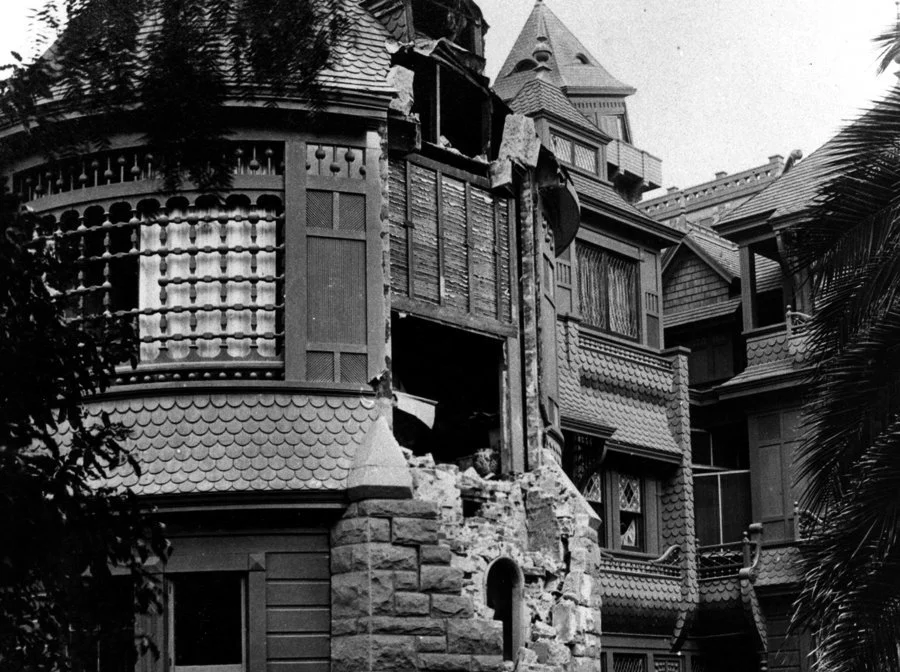
Much of the remainder of her life was not even spent at Llanada Villa. She lived on her houseboat and on other properties. She required deliveries of groceries and clothing, not because she was “a recluse” but because a disease had literally destroyed her ability to move, just as the earthquake had shattered her home. But even during this period, Sallie is still financially supporting much of her family and extended family. She is also giving a huge chunk of her wealth away to charitable causes. She contributed more than a million dollars to a hospital in New Haven and had it named after her husband. This hospital is now part of the Yale School of Medicine.
Sallie died on September 5th, 1922. She was at Llanada Villa at the time because it was closer to her personal physician in San Jose, but it was not where she had been living. And I can’t imagine how heartbreaking that must have been for her. To draw her last breath in the broken remnants of her pride and joy. To face her mortality in a structure still scarred by the disaster that had taken it from her.
But, no. This woman must have been an absolute fucking lunatic, am I right?
American myth abhors context. It turns a progressive, intelligent, pragmatic, and generous woman carrying the grief of so many loved ones…into a “crazy ghost lady who still haunts the house today ooooOOOooooo.” She didn’t build or bear any responsibility for the company her proto-hedge-fund-manager father-in-law snatched up, and she had no idea what the Winchester would become. What the guns that “won the West” would evolve into. How efficient they’d be at their only designed purpose. How often they’d be used. Who would use them. Or what would happen on April 20th, 1999 in Columbine, Colorado, more than seventy years after she drew her last tortured breath.
I was a junior in high school myself at the time. I remember class being interrupted and watching live footage of the aftermath. I was a state and a half away in Missouri, but I knew what my fellow students who had been fortunate enough to survive the slaughter now faced: a lifetime of trauma and fear. My own home had been struck several times in a drive-by shooting when I was six years old. I can still remember hiding behind the couch, which had this intricate orange-and-black floral print, as my father went out to check the damage.
But the real damage was not visible. After that, I became a very frightened little child. I wanted mom and dad to brick up my window. I was startled by the slightest noise, which my brothers used against me often. I developed a deep irrational fear that I would see glowing red eyes out my window at night. And I became interested in the paranormal. I was very worried about encountering a ghost, or somehow getting lost in the Bermuda Triangle from my suburban Missouri house. I feared the dark for a long time. I gradually shed the more irrational fears. Confronted them. The overwhelming evidence is that ghosts don’t exist. The Bermuda Triangle is as mythical a nothingburger as Llanada Villa being haunted by vengeful spirits. Glowing red eyes are usually raccoons or possums.
Still. I learned a lesson as a child that I could die at any moment. Indeed, my life in retrospect seems like the script for an unproduced Final Destination film. The whole nation got to see how violent and unpredictable my old stomping grounds were when someone opened fire at the Kansas City Chiefs Super Bowl victory parade in front of Union Station back in February. And that wasn’t even the first time national attention fell on Union Station after a violent shootout. And it was only a decade after a Chiefs player killed his girlfriend, drove to the Chiefs parking lot (less than a mile from my childhood home) and blew his brains out as his coach and general manager looked on in horror. (Oh, but don’t worry! They played the next day so the schedule wasn’t impacted at all. Everyone’s fantasy team was safe. Just so long as we’ve all got our priorities straight, you know?)
Today, twenty-five years after Columbine, I fear that the deaths of twelve students and one teacher might not even become national news. We have been forced to absorb and ignore and move on from so much needless death and devastation in that quarter-century (and in the quarter-century since 2020) that we just seem…resigned to it. And we seem resigned to those that tell us these things didn’t happen and will concoct any manner of fable to shift the blame. And these fables are all written so men like Oliver Winchester, who just wanted to get that sweet, juicy ROI, can sleep at night. On a mattress stuffed with cash.
Unfortunate then, that the American prefers an entertaining lie instead of the “boring” truth. That they chose to believe that a gun “won the West,” as if the unceded lands of countless indigenous cultures was a trophy they could put on their shelf. That they chose to value gun ownership over the lives of those around them. That they believed the myth of the “good guy with a gun.” They’ll believe that trans people are the devil and 5G reprograms your mind. They’ll watch armed men storm the Capitol on live TV and swear it was just another day at the office. They will tell you “Oh, I know all about Israel because I took a community college course one semester and learned that the Holocaust never happened.”
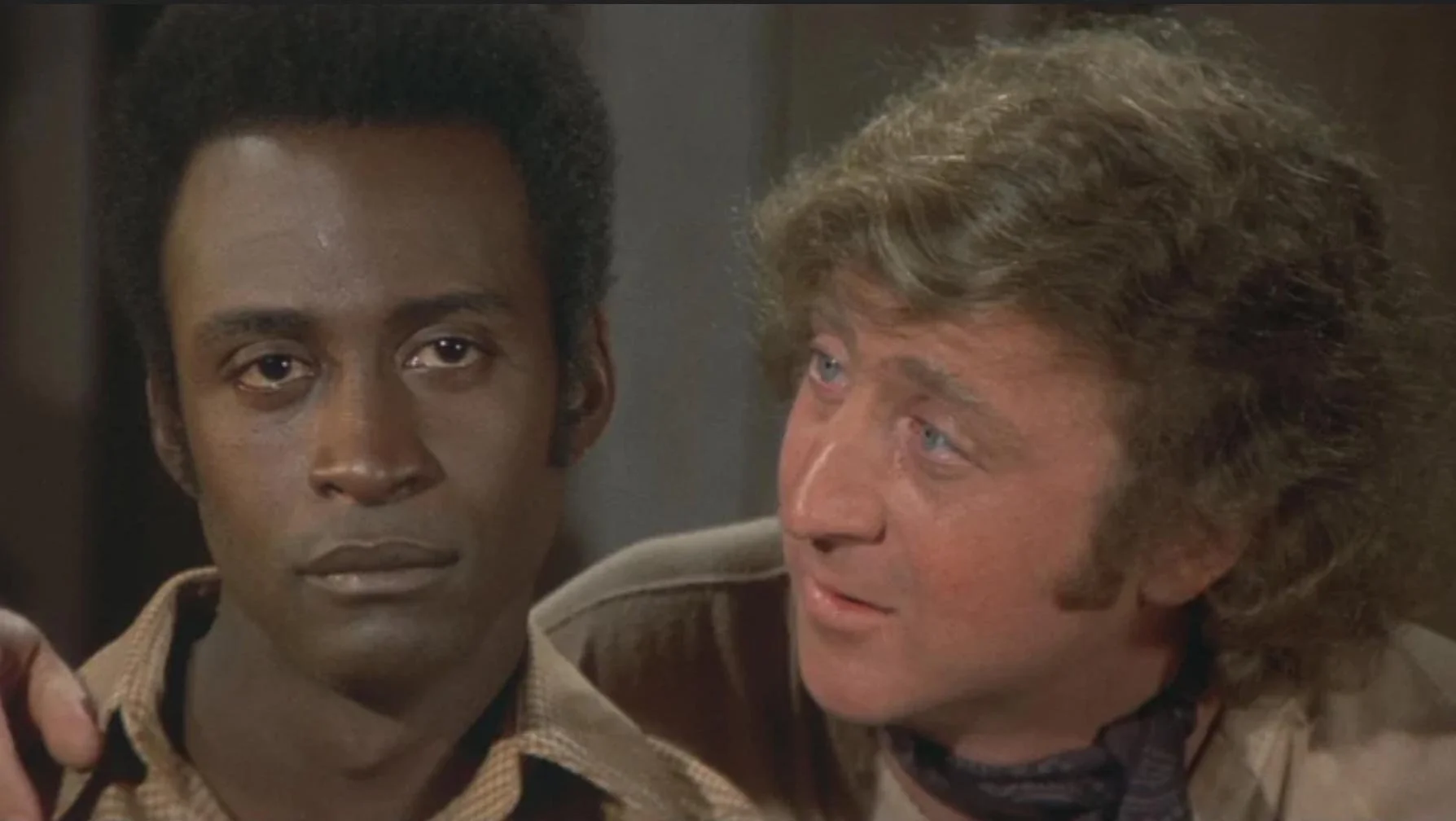
And so I am reminded of the immortal words of Gene Wilder: “You’ve got to remember that these are just simple farmers. These are people of the land. The common clay of the new West. You know… morons.”
Sallie Lockwood Pardee was an intelligent, capable, kind human being. I should hate her because of how the gun helped build her fortune, and how it has shaped my life and our world. I should believe the myth that she was crazy and spent her last days swatting away demons in her cursed manor. I should want that for her. That she deserved it for her tangential relation to my lifelong pain. But instead, I’m telling you to rethink how you view her. How you view her home. How you perceive the culture she was born into and the times in which she lived. And how we remember her now.
“Sarah Winchester” did not build the horror show we live in today.
We did. By believing myths. And not following the money.

